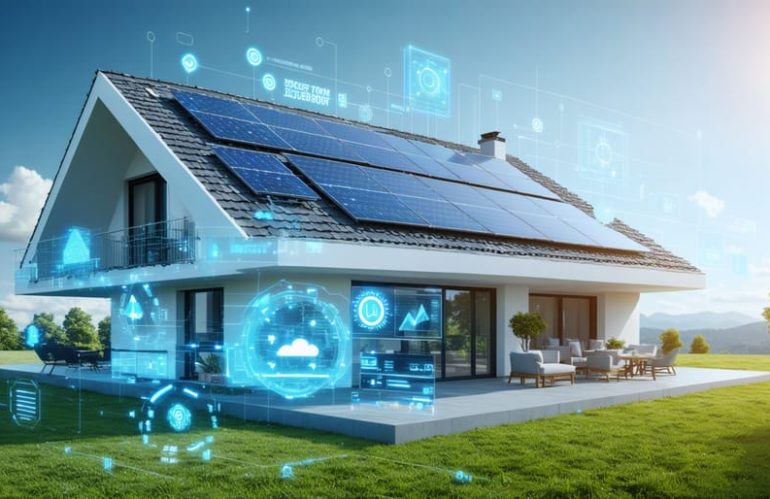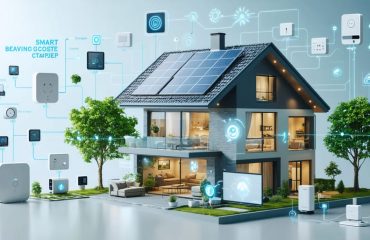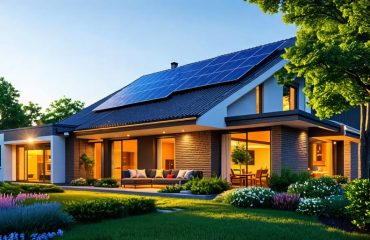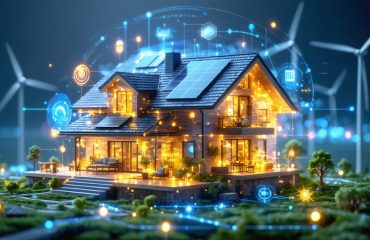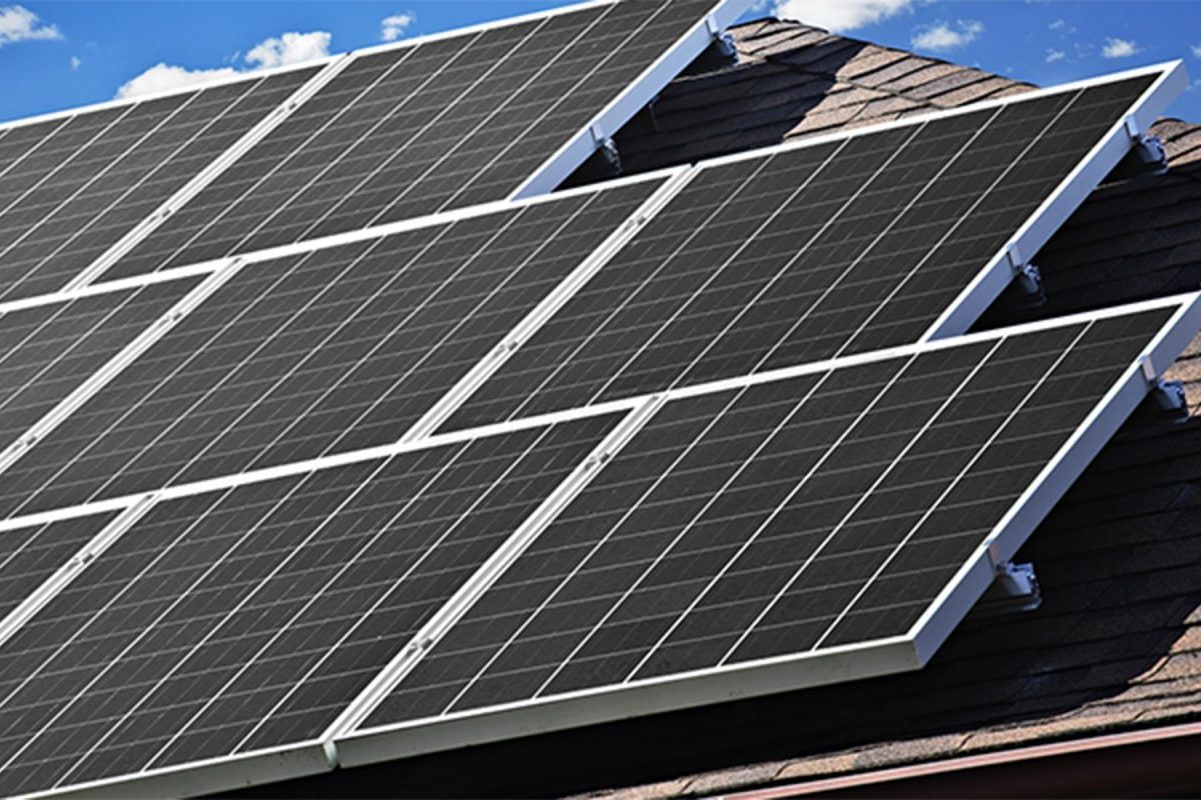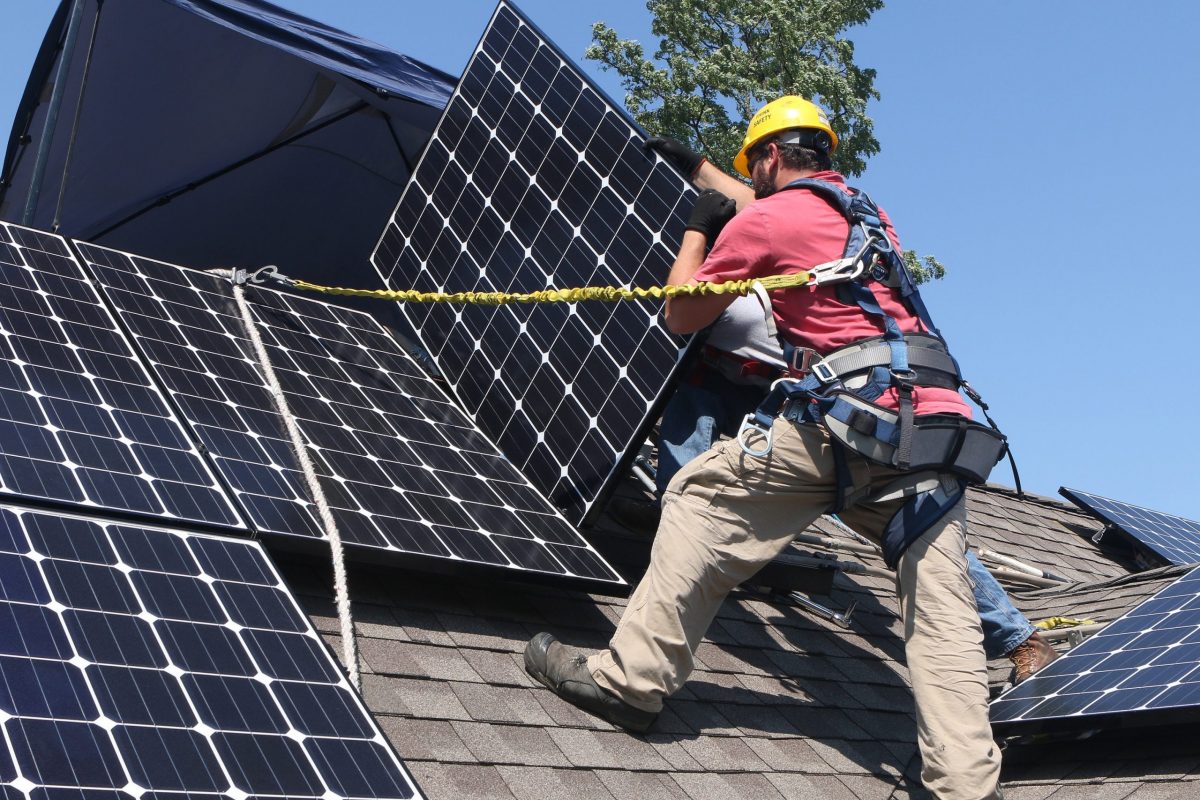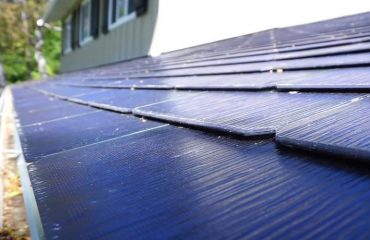Imagine slashing your energy bills by up to 30% while maximizing your solar investment – that’s the transformative power of predictive analytics in home energy management. This cutting-edge technology analyzes your historical energy usage patterns, weather forecasts, and solar production data to optimize your home’s energy consumption in real-time.
Gone are the days of reactive energy management. Today’s smart home systems harness artificial intelligence to forecast your energy needs, automatically adjusting power consumption during peak periods and maximizing solar generation when conditions are optimal. For homeowners, this means lower utility bills, enhanced system efficiency, and a smaller carbon footprint – all without sacrificing comfort.
Whether you’re already generating solar power or considering the switch to renewable energy, predictive analytics represents the next frontier in home energy optimization. By combining real-time data analysis with automated decision-making, these systems deliver the intelligence needed to transform your home into a truly smart, sustainable living space.
How Predictive Analytics Transforms Your Solar Investment
Weather Pattern Analysis
Weather patterns play a crucial role in energy production and consumption, which is why modern predictive analytics systems rely heavily on advanced weather forecasting. These systems analyze multiple weather variables – including temperature, cloud cover, wind speed, and precipitation – to optimize energy generation and distribution.
For solar installations, predictive analytics can anticipate cloudy periods and adjust energy storage strategies accordingly. The system might recommend storing more energy during sunny periods if overcast conditions are expected in the coming days. Similarly, for wind energy, forecasting helps operators maximize turbine efficiency by adjusting blade angles based on predicted wind patterns.
This weather-based prediction becomes even more valuable during extreme weather events. The system can automatically prepare for increased energy demand during heatwaves or adjust for reduced solar production during storm seasons. For homeowners, this translates to more reliable energy supply and better cost management through intelligent energy storage and usage timing.
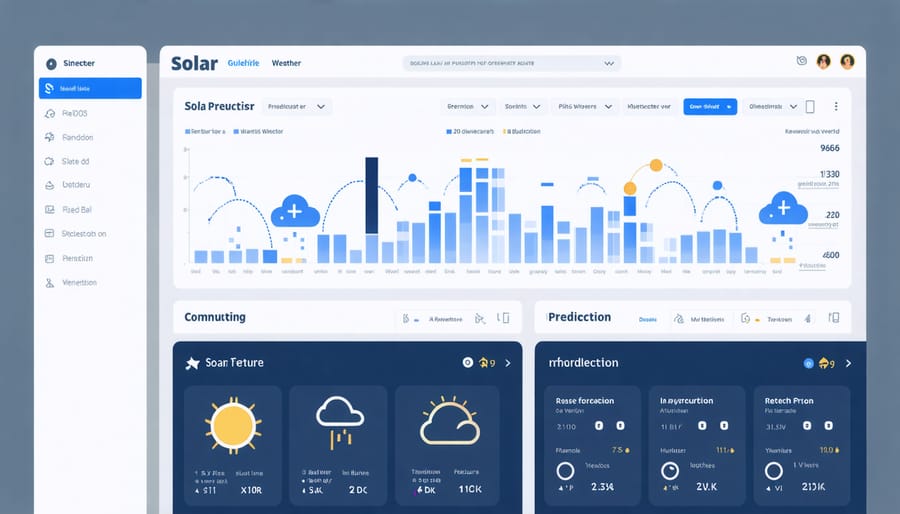
Energy Usage Forecasting
Modern energy management starts with understanding your household’s unique consumption patterns. By leveraging AI load forecasting technology, homeowners can now predict their energy needs with remarkable accuracy. This smart approach analyzes various factors, including historical usage data, weather patterns, and daily routines, to create personalized energy consumption profiles.
These predictions help you make informed decisions about when to use major appliances, how to optimize your solar panel output, and when to store excess energy in batteries. For example, you might learn that your household typically uses more energy during early evening hours, allowing you to adjust your habits and potentially save on peak-hour rates.
The system can also alert you to unusual consumption patterns, helping identify energy-wasting appliances or behaviors. This proactive approach to energy management typically results in 15-30% savings on monthly utility bills while contributing to a more sustainable lifestyle.
Real Benefits for Your Home
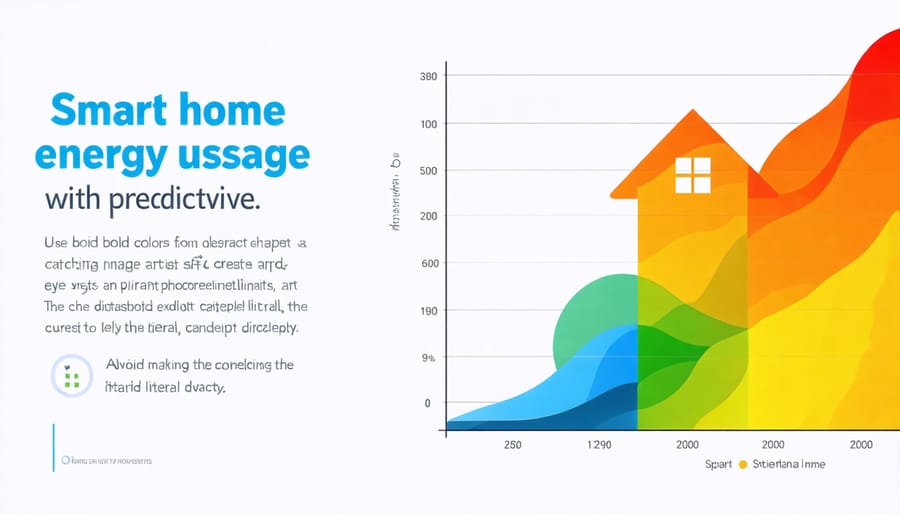
Lower Energy Bills
Predictive analytics revolutionizes how homeowners manage their energy consumption by analyzing patterns and automatically adjusting usage for maximum efficiency. These smart systems learn from your daily routines, weather forecasts, and historical data to make intelligent decisions about when to use, store, or sell excess energy.
By anticipating peak demand periods and weather changes, predictive systems can automatically optimize energy storage and consumption patterns. For example, they might charge batteries during low-rate periods and use stored energy during expensive peak hours. This intelligent management can lead to savings of 15-30% on monthly energy bills.
The system also learns from your habits, automatically adjusting temperature settings, appliance usage, and battery charging cycles to maximize efficiency. It can even factor in time-of-use rates from your utility company, ensuring you use the most cost-effective power source at any given time.
For solar panel owners, these predictive capabilities become especially valuable during cloudy days or seasonal changes, ensuring consistent energy availability while minimizing grid dependency and associated costs.
Smarter Maintenance
Imagine having a smart system that spots potential problems in your energy setup before they become costly repairs. That’s exactly what predictive maintenance brings to the table. Using advanced sensors and data analysis, these systems continuously monitor the health of your solar panels, inverters, and other equipment, alerting you when maintenance is needed.
Think of it as a health monitor for your energy system. Just as your smartwatch tracks your vital signs, predictive analytics tracks performance metrics, wear patterns, and environmental conditions. This proactive approach helps prevent unexpected breakdowns and extends the life of your equipment.
For homeowners, this means fewer surprise repairs, optimal system performance, and significant cost savings over time. The system might notice that your solar panels’ efficiency is gradually declining due to dust buildup, or that an inverter is showing early signs of stress. You’ll receive notifications suggesting maintenance before these issues impact your energy production.
This smart maintenance approach typically reduces repair costs by 20-30% and improves system reliability by up to 15%, ensuring your sustainable energy investment keeps delivering maximum returns.
Making Predictive Analytics Work for You
System Requirements
To implement predictive analytics for your home energy system, you’ll need several key components working together. The foundation starts with smart meters or energy monitoring devices that collect real-time consumption data. These devices should be capable of measuring both your overall energy usage and individual appliance consumption patterns.
A reliable internet connection is essential, as IoT-enabled solar monitoring systems need to continuously transmit data to cloud-based analytics platforms. You’ll also need a compatible smart home hub or gateway device that can integrate with your existing energy management system.
The software requirements include a user-friendly dashboard or mobile app that displays your energy data and predictions in an easily digestible format. Most modern systems use artificial intelligence and machine learning algorithms that run on cloud platforms, so there’s no need for complex on-site computing equipment.
For homes with solar installations, weather sensors are recommended to enhance prediction accuracy. These sensors measure conditions like sunlight intensity, temperature, and cloud cover, allowing the system to better forecast solar energy production.
Storage space for historical data is also necessary, though most service providers include this in their packages. The good news is that many of these components are often bundled together in comprehensive home energy management systems, making implementation straightforward for homeowners.
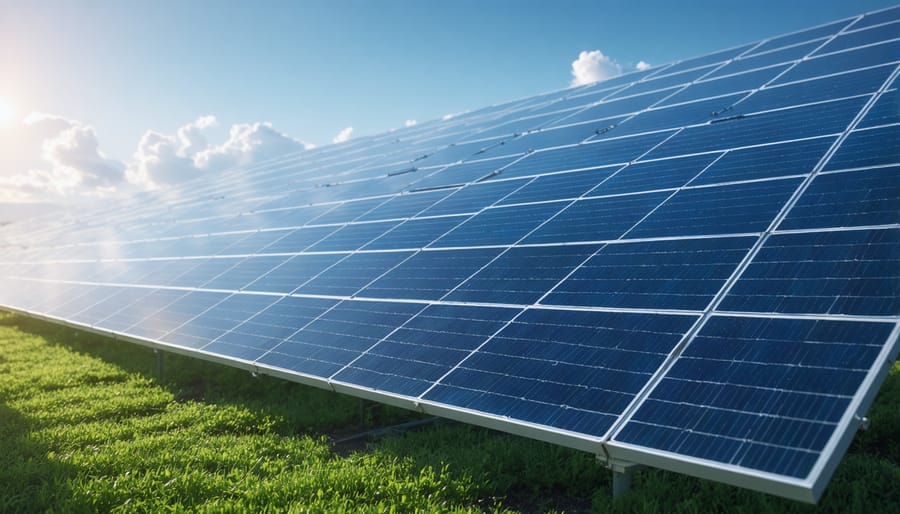
Getting Started
Implementing predictive analytics in your solar energy system is easier than you might think. Start by ensuring your system has smart monitoring capabilities – most modern solar installations already include this feature. If yours doesn’t, consider upgrading your inverter or adding a smart monitoring device.
Next, collect baseline data from your system for at least three months. This provides enough information to establish usage patterns and system performance metrics. Many solar monitoring apps now come with built-in predictive features that automatically analyze this data.
Connect your smart meter data with your solar monitoring system. This integration helps create a complete picture of your energy production and consumption patterns. Consider weather forecasting integration as well, which helps predict future solar production based on upcoming weather conditions.
Choose a predictive analytics platform that matches your needs. Many solar installers offer their own solutions, or you can opt for third-party applications. Look for features like production forecasting, maintenance alerts, and consumption optimization recommendations.
Finally, set up automated alerts and reporting. These will notify you about potential issues before they become problems and provide regular insights into system performance. Remember to regularly review and adjust your settings as seasonal changes occur and your energy usage patterns evolve.
Start small and gradually expand your use of predictive features as you become more comfortable with the technology. The key is to begin with basic monitoring and slowly incorporate more advanced predictive capabilities.
Predictive analytics in energy management represents a powerful tool for creating a more sustainable and cost-effective future. By harnessing the power of data and advanced forecasting, homeowners can significantly reduce their energy consumption, lower their utility bills, and minimize their environmental impact. The technology’s ability to anticipate energy needs, optimize usage patterns, and identify potential issues before they occur makes it an invaluable asset in modern energy management.
Taking the first step toward implementing predictive analytics in your home energy system doesn’t have to be overwhelming. Start by exploring smart home energy monitoring systems, consulting with energy efficiency experts, or discussing options with your utility provider. The initial investment in predictive analytics technology typically pays for itself through reduced energy costs and improved system efficiency.
As we move toward a more sustainable future, embracing predictive analytics isn’t just about saving money – it’s about being part of the solution to global energy challenges. By making informed decisions about your energy usage today, you’re contributing to a cleaner, more efficient tomorrow while enjoying the immediate benefits of lower bills and improved home energy management.

